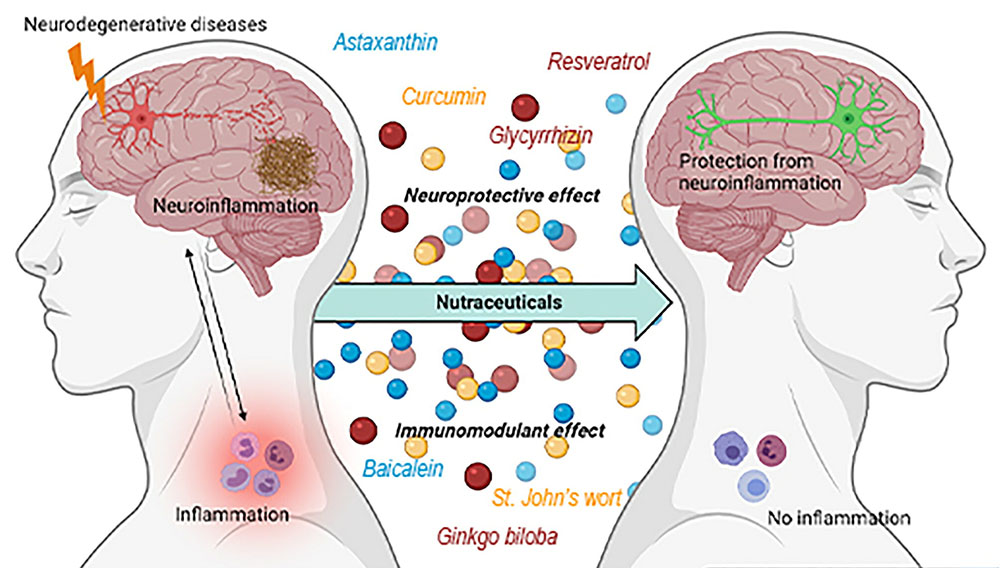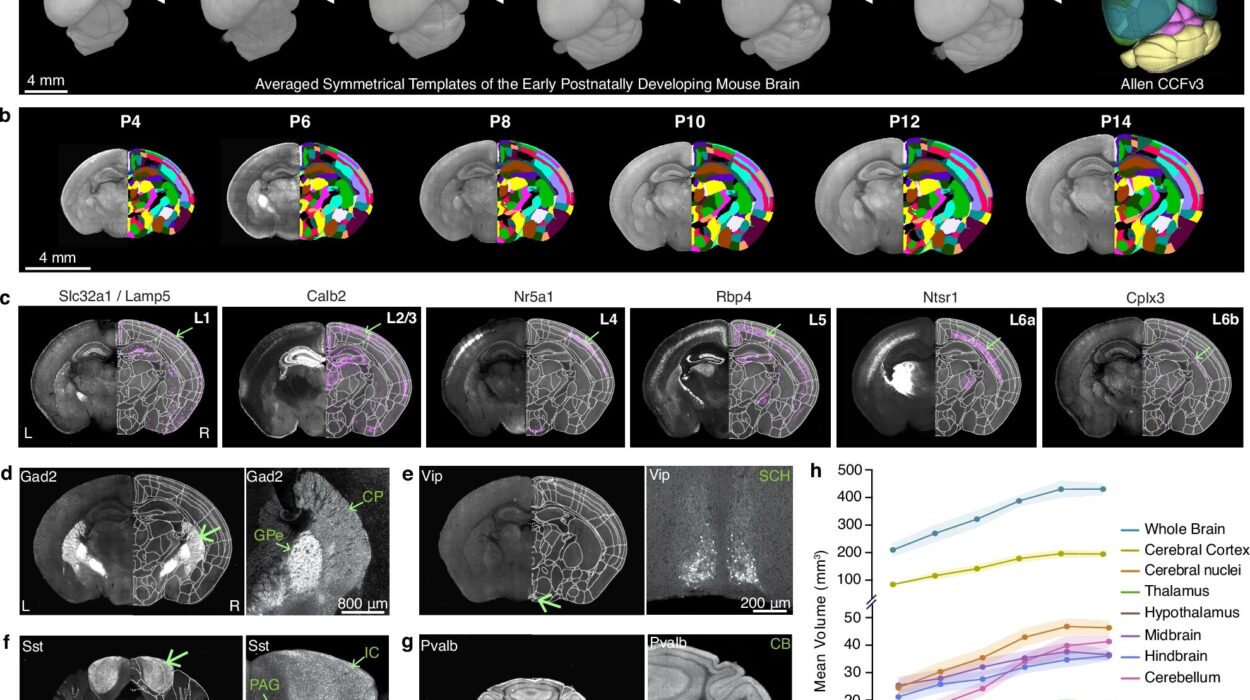The 21st century is witnessing a demographic shift of unprecedented scale. As healthcare advances and life expectancy increases, the proportion of older adults in the global population is steadily rising. According to the United Nations, by 2050, one in every six people in the world will be over the age of 65. This is a staggering increase from just one in 11 people in 2019. While longer lives are undoubtedly a cause for celebration, they also bring with them complex challenges, particularly in the realm of public health.
Among the most pressing of these challenges is the rise of neurodegenerative diseases, a group of disorders that progressively damage and destroy nerve cells in the brain and spinal cord. Diseases such as Alzheimer’s, Parkinson’s, and Amyotrophic Lateral Sclerosis (ALS) are becoming more prevalent as populations age. The increasing prevalence of these conditions poses not only a medical challenge but also a societal and economic one.
Understanding the rise of neurodegenerative diseases is critical to shaping our future healthcare systems, ensuring better treatments, and, ideally, preventing these debilitating conditions from taking hold in the first place. But what exactly is driving this increase in cases, and how can we prepare for a world where neurodegenerative diseases are becoming the norm rather than the exception?
The Complexity of Neurodegenerative Diseases
Neurodegenerative diseases, by their nature, involve the progressive degeneration of neurons—the fundamental units of the brain and nervous system. These diseases are typically characterized by the gradual loss of motor skills, cognitive function, and, in many cases, the ability to perform basic daily activities. The most common among these diseases include Alzheimer’s Disease, Parkinson’s Disease, Huntington’s Disease, and ALS. While each of these conditions has its own specific pathology, they share a common thread: the slow, inexorable breakdown of the neural structures that control everything from movement to memory to thought.
Alzheimer’s Disease, the most well-known and prevalent of these conditions, is marked by the formation of plaques and tangles in the brain that impair neuron function and ultimately lead to cell death. Parkinson’s Disease, meanwhile, primarily affects movement, causing tremors, rigidity, and slow, shuffling steps due to the death of dopamine-producing neurons in the brain. ALS, also known as Lou Gehrig’s Disease, causes the progressive degeneration of motor neurons, leading to the loss of voluntary muscle control.
While the symptoms of these diseases vary, the end result is often the same: a gradual loss of independence, a decline in quality of life, and a huge emotional and financial burden on families and societies.
The Role of Aging in Neurodegenerative Diseases
Aging is, without a doubt, one of the primary risk factors for neurodegenerative diseases. As we grow older, our cells naturally accumulate damage, and our bodies’ ability to repair that damage diminishes. This process, known as cellular senescence, is a fundamental aspect of aging and is closely linked to the development of neurodegenerative conditions.
In the brain, aging results in a variety of changes that make it more susceptible to neurodegeneration. Neurons lose their ability to communicate efficiently, and the brain’s ability to adapt, or “plasticity,” decreases. Furthermore, the brain’s waste disposal system, responsible for clearing out damaged proteins and cellular debris, becomes less efficient with age. As a result, toxic proteins—such as amyloid-beta in Alzheimer’s Disease or alpha-synuclein in Parkinson’s Disease—can accumulate, leading to neuronal damage and death.
In addition to the aging process itself, the risk of neurodegenerative diseases also increases with the accumulation of genetic mutations, environmental factors, and lifestyle choices over the course of a lifetime. The longer we live, the more time there is for these factors to influence our brain’s health.
Alzheimer’s Disease: The Epidemic of the Mind
Among the neurodegenerative diseases, Alzheimer’s is the most prevalent and is quickly becoming a defining issue of our time. As of today, approximately 55 million people around the world are living with dementia, and Alzheimer’s accounts for 60-70% of these cases. This number is projected to triple by 2050, due to both the aging population and the increasing life expectancy in many parts of the world.
Alzheimer’s Disease is characterized by the buildup of amyloid plaques and tau tangles in the brain, which disrupt communication between neurons and ultimately lead to their death. In the early stages, symptoms often include memory loss, confusion, and difficulty completing familiar tasks. As the disease progresses, these symptoms become more severe, and individuals may lose the ability to recognize loved ones, communicate, or care for themselves.
The rise of Alzheimer’s cases is being closely monitored by health organizations worldwide, and while research into the disease has progressed, we are still far from finding a cure. Currently, treatments primarily focus on alleviating symptoms or slowing progression rather than halting or reversing the disease.
The emotional and financial toll of Alzheimer’s is enormous. Caregivers, often family members, spend countless hours helping loved ones with daily activities. The cost of care, both at home and in institutional settings, is a significant burden, and with the rise in cases, this burden is expected to become more acute.
Parkinson’s Disease: A Progressive Mystery
Parkinson’s Disease, although less common than Alzheimer’s, is still a major concern, affecting approximately 1 in 100 people over the age of 60. This disorder primarily affects movement, causing tremors, stiffness, slowness, and balance problems. These symptoms are the result of the death of dopamine-producing neurons in the brain, specifically in a region called the substantia nigra.
Unlike Alzheimer’s, which primarily affects cognitive function, Parkinson’s Disease presents with physical symptoms that worsen over time. It can be difficult for patients to maintain their independence, and many eventually require assistance with walking, eating, and other basic tasks.
The causes of Parkinson’s Disease are still not fully understood, but genetic mutations, environmental toxins, and age all appear to play a role in the disease’s development. Studies have shown that people who have a family history of Parkinson’s are at an increased risk, but environmental factors such as exposure to pesticides or head injuries also increase susceptibility.
While there is no cure for Parkinson’s Disease, treatments—such as dopamine replacement therapies—can help manage symptoms, particularly in the early stages. However, as the disease progresses, these treatments become less effective, and patients may experience more severe symptoms and complications.
The Rising Tide of ALS and Other Motor Neuron Diseases
Amyotrophic Lateral Sclerosis (ALS) is a rare but devastating neurodegenerative disease that affects the motor neurons, the nerve cells responsible for controlling voluntary muscles. Over time, ALS leads to muscle weakness, paralysis, and eventually respiratory failure. The disease progresses rapidly, and most individuals with ALS live only 3 to 5 years after diagnosis.
Though ALS is less common than Alzheimer’s or Parkinson’s, its impact on individuals and families is profound. The disease leaves individuals unable to perform even the simplest daily tasks and robs them of the ability to communicate. The emotional toll on caregivers is immense, as ALS often leaves individuals mentally sharp but physically trapped in their own bodies.
The causes of ALS remain poorly understood, though researchers are exploring genetic mutations, environmental factors, and autoimmune mechanisms as potential contributors. In some cases, ALS can run in families, but the vast majority of cases are sporadic, with no clear cause.
Unfortunately, despite considerable research, there are few effective treatments for ALS. Most therapies are focused on managing symptoms and prolonging life, but there is no cure on the horizon. However, advances in gene therapy and stem cell research are providing new hope for the future.
The Impact of Lifestyle Factors and Environmental Toxins
As neurodegenerative diseases become more prevalent, researchers are increasingly focusing on the role of lifestyle factors and environmental toxins in the development of these conditions. While age remains the primary risk factor, a combination of genetics, environment, and lifestyle can significantly influence an individual’s risk.
Several lifestyle factors have been identified as contributing to the risk of neurodegenerative diseases. These include poor diet, lack of physical activity, chronic stress, and smoking. Studies have shown that diets high in saturated fats and low in antioxidants can increase the risk of Alzheimer’s and other diseases. Regular physical activity, on the other hand, has been shown to reduce the risk of developing these diseases and may even slow their progression in some cases.
Environmental toxins, such as pesticides, air pollution, and heavy metals, have also been linked to the development of neurodegenerative diseases. Research has shown that long-term exposure to these toxins can damage the brain and increase the risk of diseases like Parkinson’s and ALS. However, much of this research is still in its early stages, and further studies are needed to better understand the complex interactions between environmental factors, lifestyle, and genetics.
The Future of Neurodegenerative Disease Treatment
The rise of neurodegenerative diseases in an aging world presents an urgent need for new treatments and preventive measures. While we are not yet close to finding cures for diseases like Alzheimer’s, Parkinson’s, and ALS, significant progress is being made in understanding their underlying causes and mechanisms.
Current research is focused on a variety of approaches, from genetic therapies and stem cell treatments to drug development aimed at targeting the proteins that cause neuronal damage. Immunotherapies, which involve harnessing the body’s immune system to fight disease, are also being explored as potential treatments for Alzheimer’s and Parkinson’s.
In addition to developing new treatments, there is also a growing emphasis on prevention. Public health initiatives aimed at promoting healthy lifestyles, reducing exposure to environmental toxins, and encouraging early detection of neurodegenerative diseases are critical in mitigating their impact on individuals and society.
**Conclusion: Adapting to an
Aging World**
The rise of neurodegenerative diseases in an aging world is one of the most significant health challenges of our time. As populations grow older, the number of individuals affected by these debilitating conditions will continue to rise. The medical community, policymakers, and society at large must work together to meet this challenge head-on, ensuring that those affected by these diseases receive the care, support, and research attention they deserve.
At the same time, the increased focus on aging and neurodegeneration presents an opportunity to rethink the way we approach aging itself. With advancements in science, technology, and public health, it is possible to mitigate some of the impacts of neurodegenerative diseases and create a world in which longer lives are not synonymous with cognitive decline and physical deterioration.
As we look to the future, the hope is that through a combination of early detection, preventative measures, and breakthrough treatments, we can reduce the burden of these diseases and ensure that the aging process is marked not by suffering, but by continued vitality and well-being.






